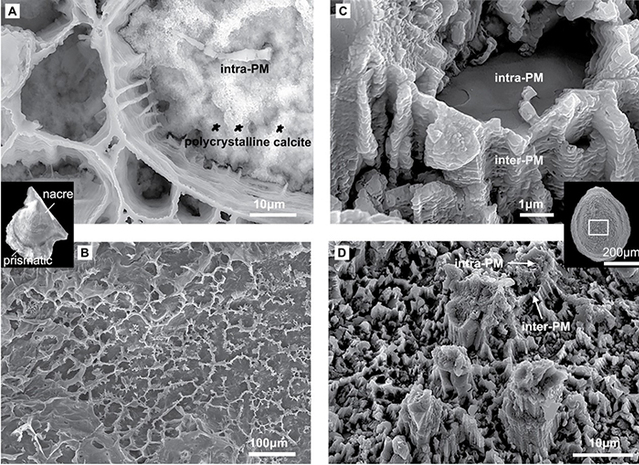The leading international academic journal GEOLOGY published online an article entitled “Calcitic shells in the aragonite sea of the earliest Cambrian”, by Prof. Li Luoyang from the OUC College of Marine Geosciences as the first author and corresponding author. The study reports the crucial progress in the correlation between the origin of mineralized skeletons and the evolution of ancient oceans, including the initial acquisition of low-Mg calcitic shells in the aragonite sea of the earliest Cambrian as well as the initial discovery of biologically controlled mineralization (BCM) in the oldest fossil shells.

The research team has identified the earliest molluscan (helcionelloid) shell fossils from the basal Cambrian (Terreneuvian Fortunian, ca. 535 Ma.) based on a high-precision integrated stratigraphic delineation of Precambrian-Cambrian sedimentary strata in the Zavkhan Basin, southwestern Mongolia. It is found that the earliest Cambrian was a warm aragonite sea, and the high-resolution SEM results show that the organic matrix regulating shell secretion was replaced by phosphate during shell fossilization, hence the perfect preservation of its morphological features. Through further comparative studies, it is finally determined that the earliest helcionelloid shells are composed of calcitic simple prismatic microstructure.
In the study, the discovery of low-Mg calcite shells from the aragonite sea has updated the traditional understanding of the origin of mineralized skeletons during the Cambrian explosion and their synergistic evolution with paleo-ocean chemistry, further highlighting the dominant role of biological factors in the selection of mineral type and composition. Meanwhile, the study promotes the integration of paleontology and biomineralization studies.
